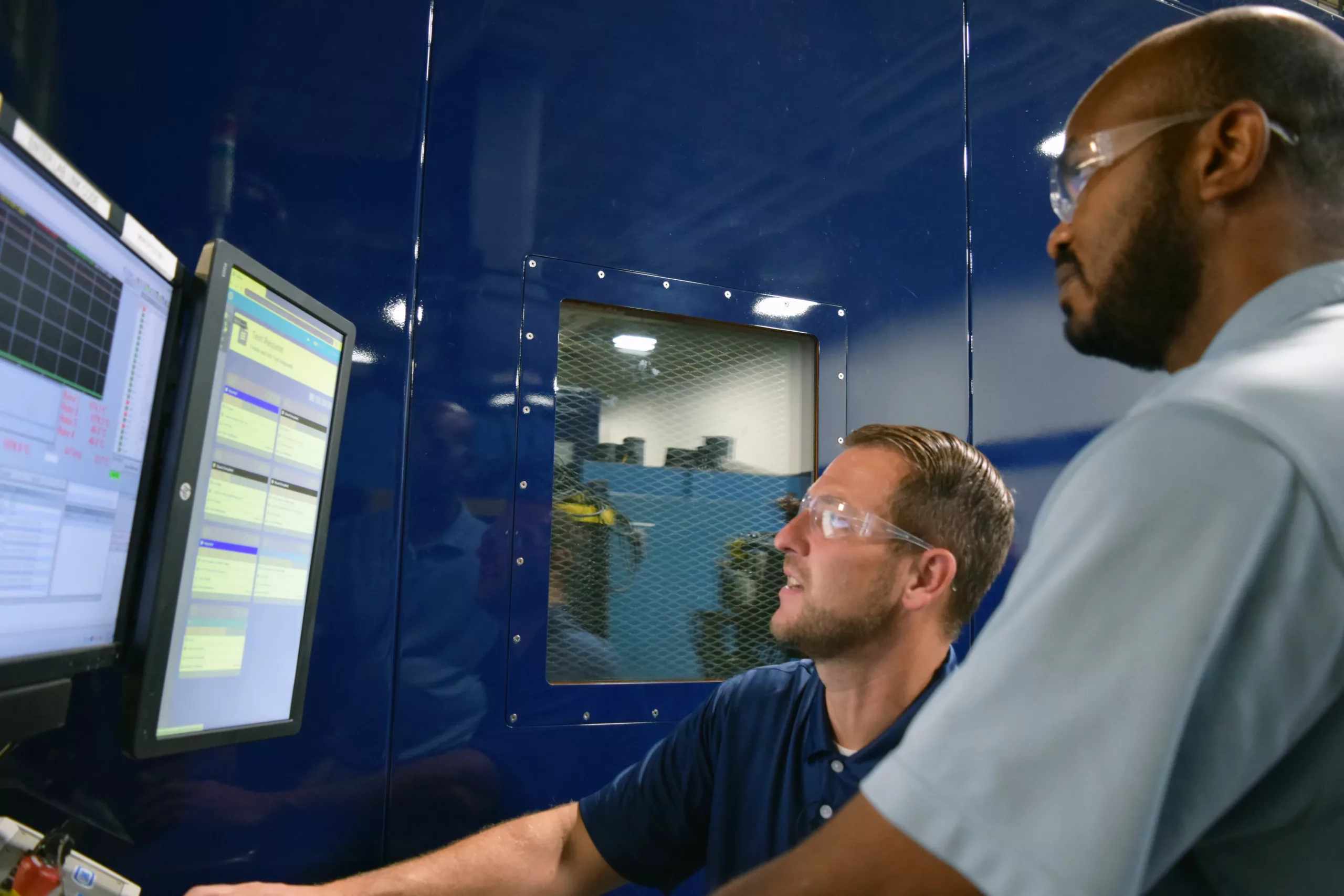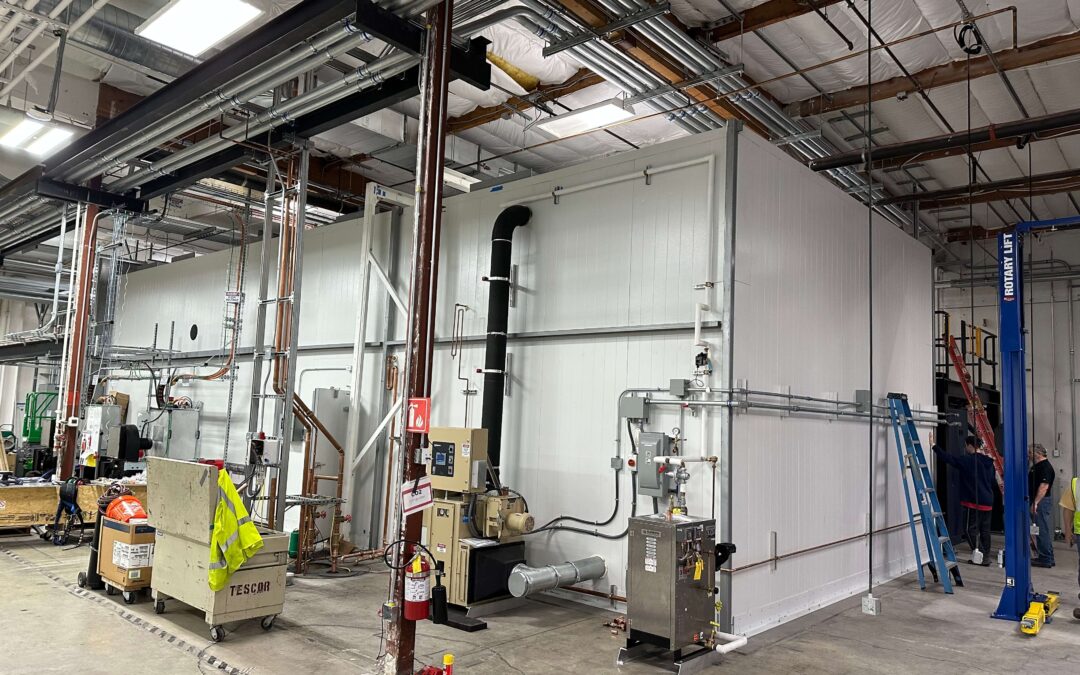Introduction
Link Engineering Company (LINK) is a global leader in supplying customized testing services and equipment, delivering solutions across a multitude of industries and applications. LINK’s skilled software developers efficiently and accurately analyze the requirements of each project and provide solutions that exceed customer requests, saving time and money while also increasing functionality. This study outlines the LINK solution to a longstanding customer’s software need, where LINK developed a brand-new application that provided sought-after features and improved automation to a tracking process that had been lacking.
Customer Need
In June of 2019, LINK equipped one of our customer’s facilities with a comprehensive laboratory information management system (LIMS), LabLINK, a fundamental tool to effectively manage the vehicle test operations at one of their proving grounds. Following this successful implementation, the client expressed interest in leveraging the LabLINK installation to develop a Software Integrity application. The application was needed to improve the existing methods for tracking Electronic Control Unit (ECU) software updates throughout their test vehicle fleet. By developing the Software Integrity web application, the customer would benefit from the availability of a universal and robust system that provides file storage, a comparison algorithm for determining the status of vehicle software, integrated reporting, and notifications.
LINK Solution
At the onset of the project, LINK collaborated with the customer to create a software design specification that established baseline expectations for product functionality, including file storage, meta-data conventions, system inputs, comparison logic, reporting formats, user roles, and system accessibility. Throughout the development process, LINK’s software development team actively contributed to defining the final comparison algorithm, which proved to be more robust than the initial concept and resulted in several updates to the original specification.
LINK designed the Software Integrity application as a storage platform for the customer’s software engineers to store ECU files and associate them with meta-data that identifies the specific vehicle family to which they apply. Through a comparison algorithm, the Software Integrity application compares the latest available software versions loaded into the system to the versions installed in the test vehicle fleet. The application receives input data from various sources within the vehicles, and then analyzes the data to determine if the ECU software is up to date. With built-in reporting, the outdated and new software versions can be easily compared by the customer’s software engineers. Similar to LabLINK, Software Integrity users can subscribe to notifications and receive email alerts pertaining to the status of vehicles for which they maintain responsibility.
Implementation
When the user interface was developed, LINK promptly hosted the application to allow the primary customer contact to explore product functionality with real data. The Software Integrity application trial was run in parallel with legacy processes, and evaluations were made between the existing methods and the new Software Integrity application. LINK continually refined the application in preparation for launch by critically assessing the software’s operation with the needs of the customer’s organization.
In March of 2020, Software Integrity V1 went live, and the customer began transitioning out of their legacy processes. With the product implemented and fully functional, the facility is now working on increasing the functionality of Software Integrity to fully leverage efficiencies offered by the new platform.
Results
LINK coordinated with the customer to establish essential software specifications and developed a fully customized solution to fit their unique requirements. Through the proficiency of the LINK team, the customer gained an innovative application that is able to efficiently track and compare the latest ECU software file versions with those installed in their test vehicle fleet, saving them within one system that is available throughout the organization.




